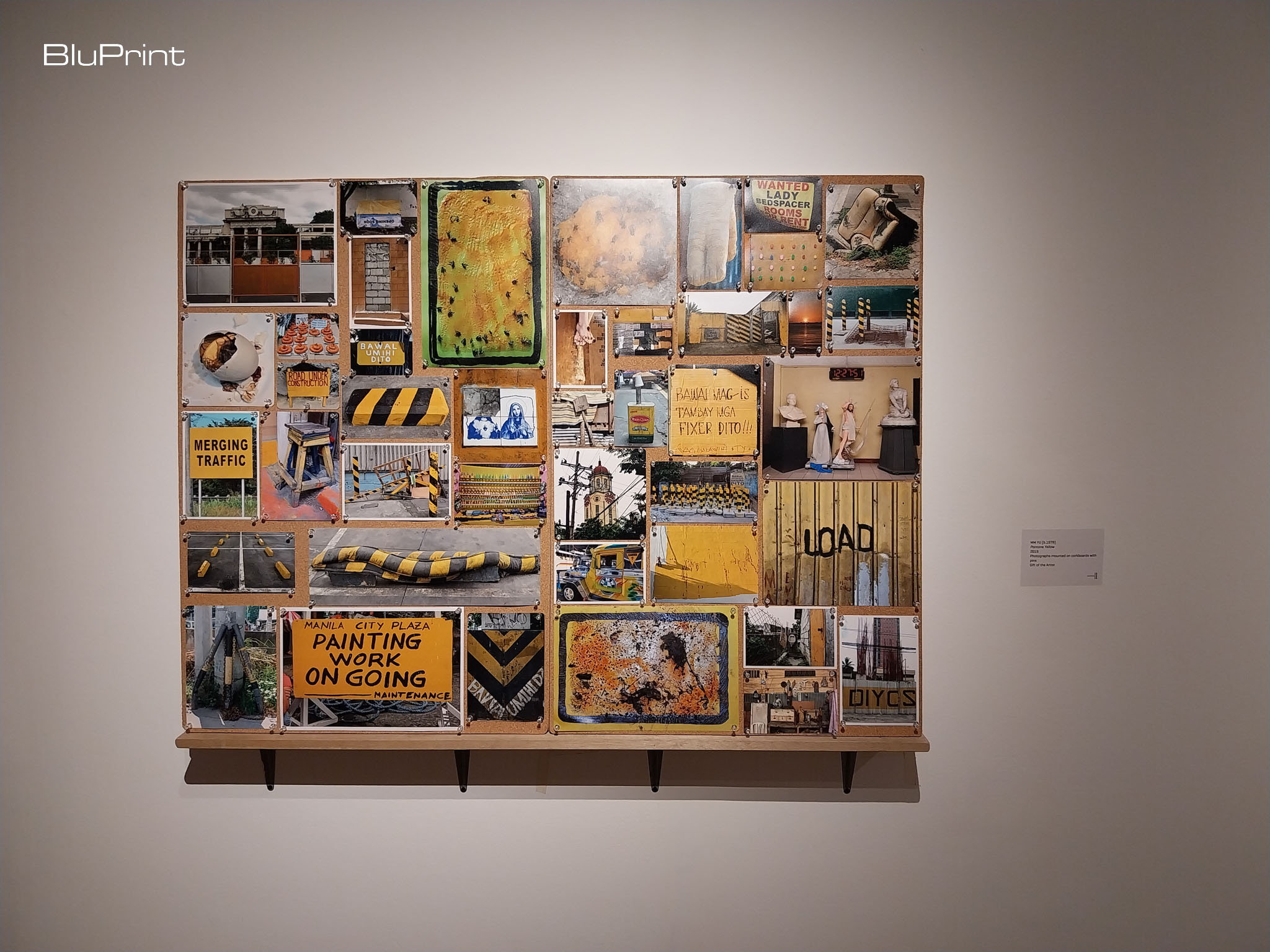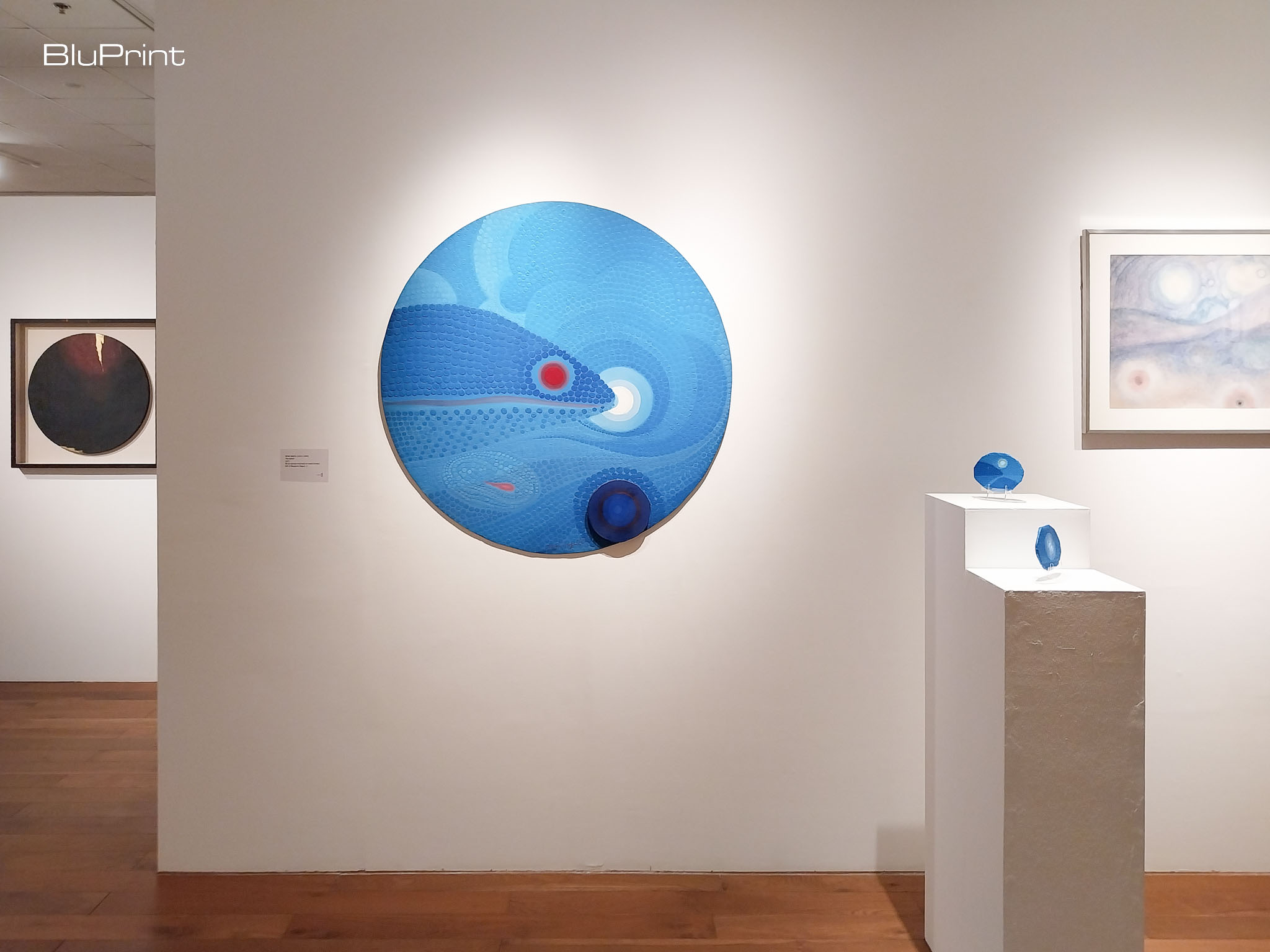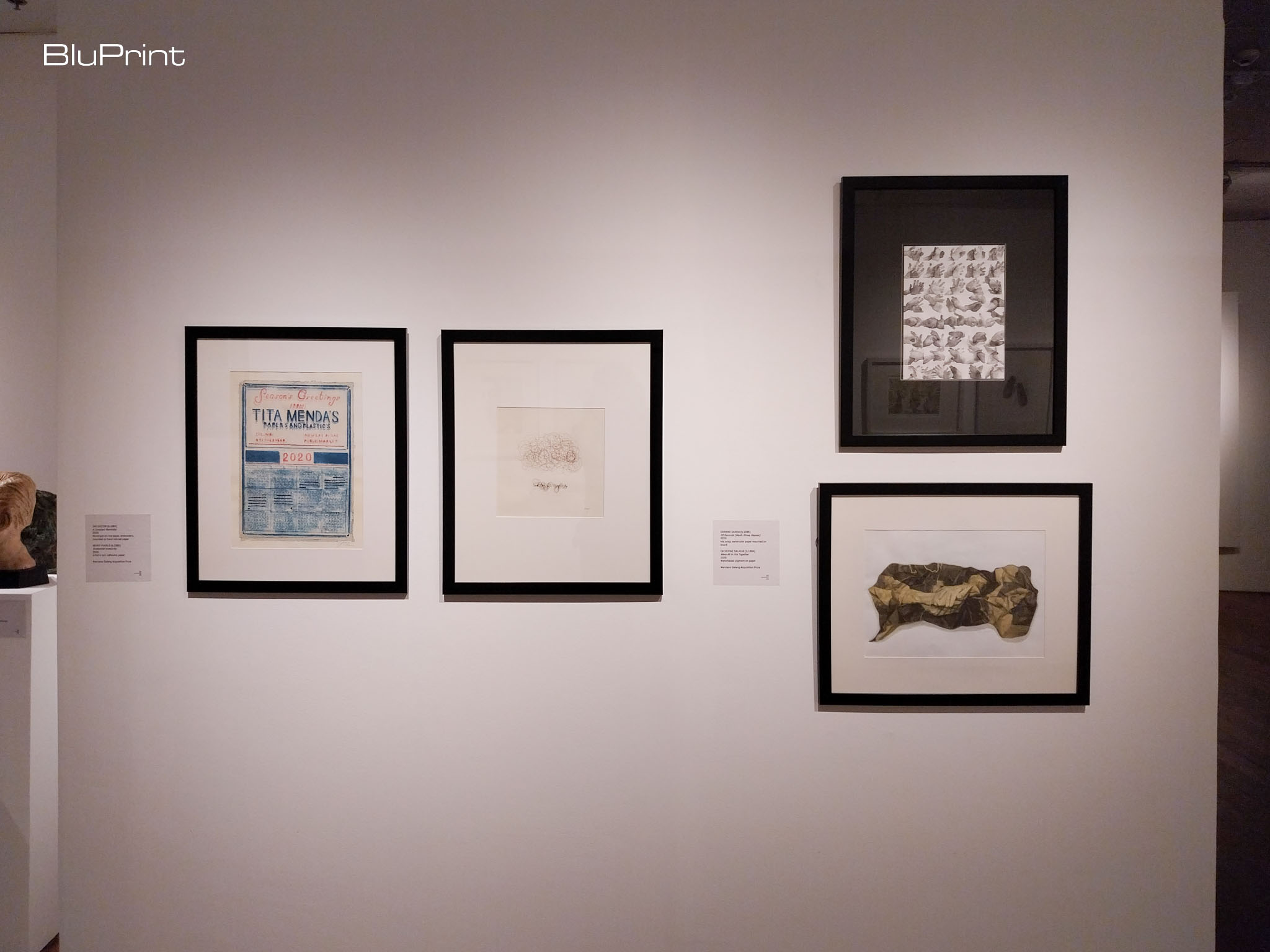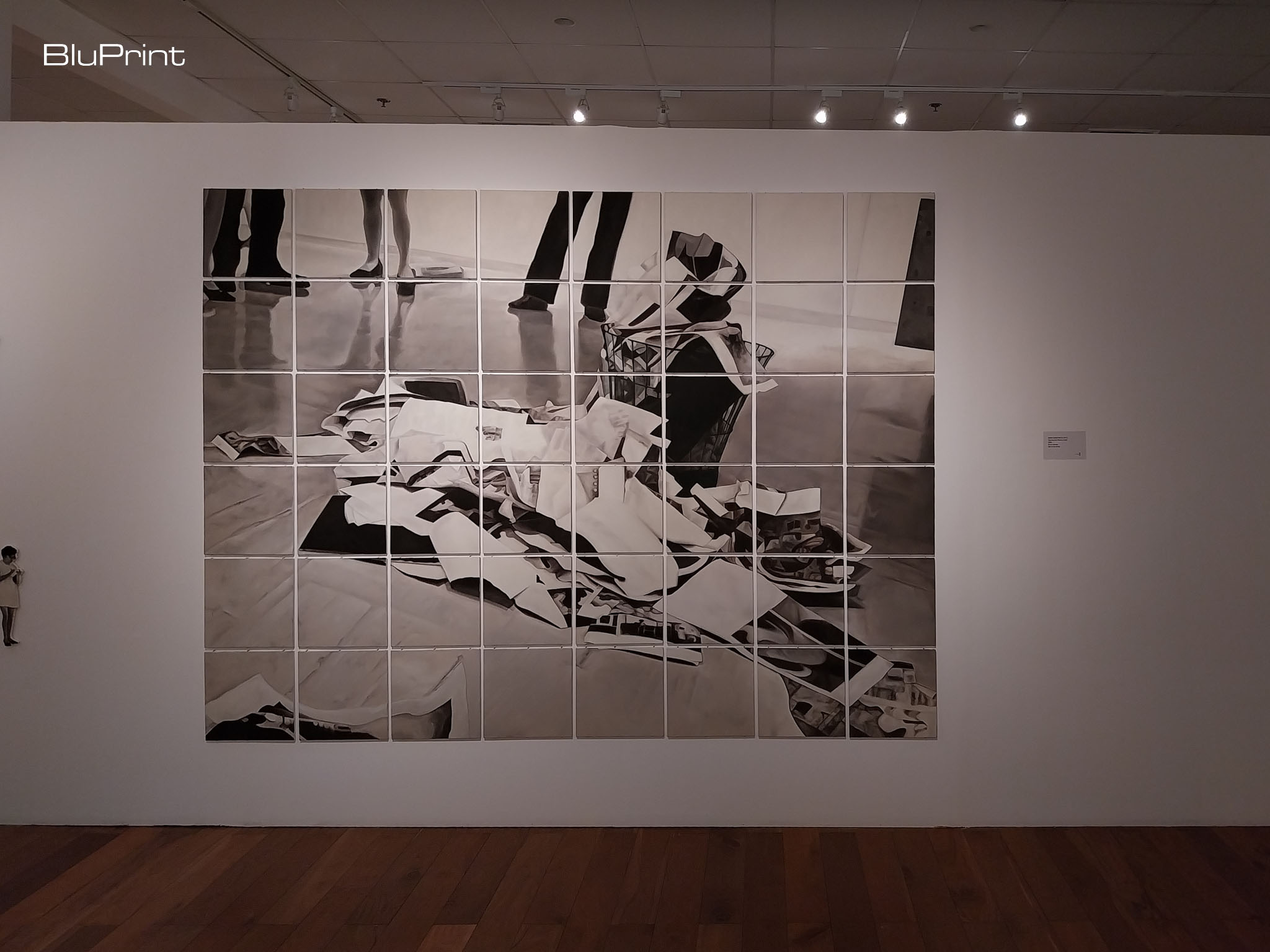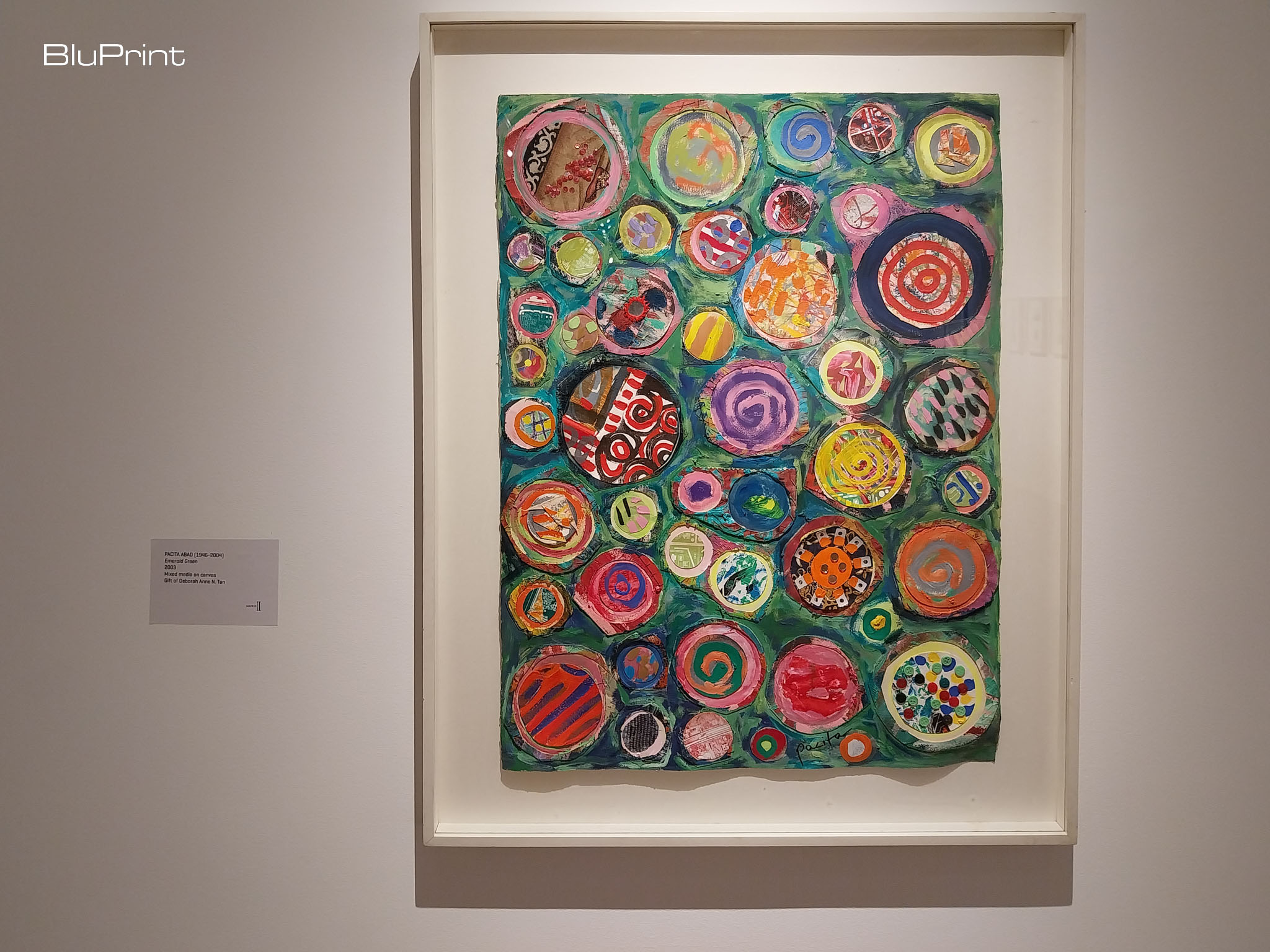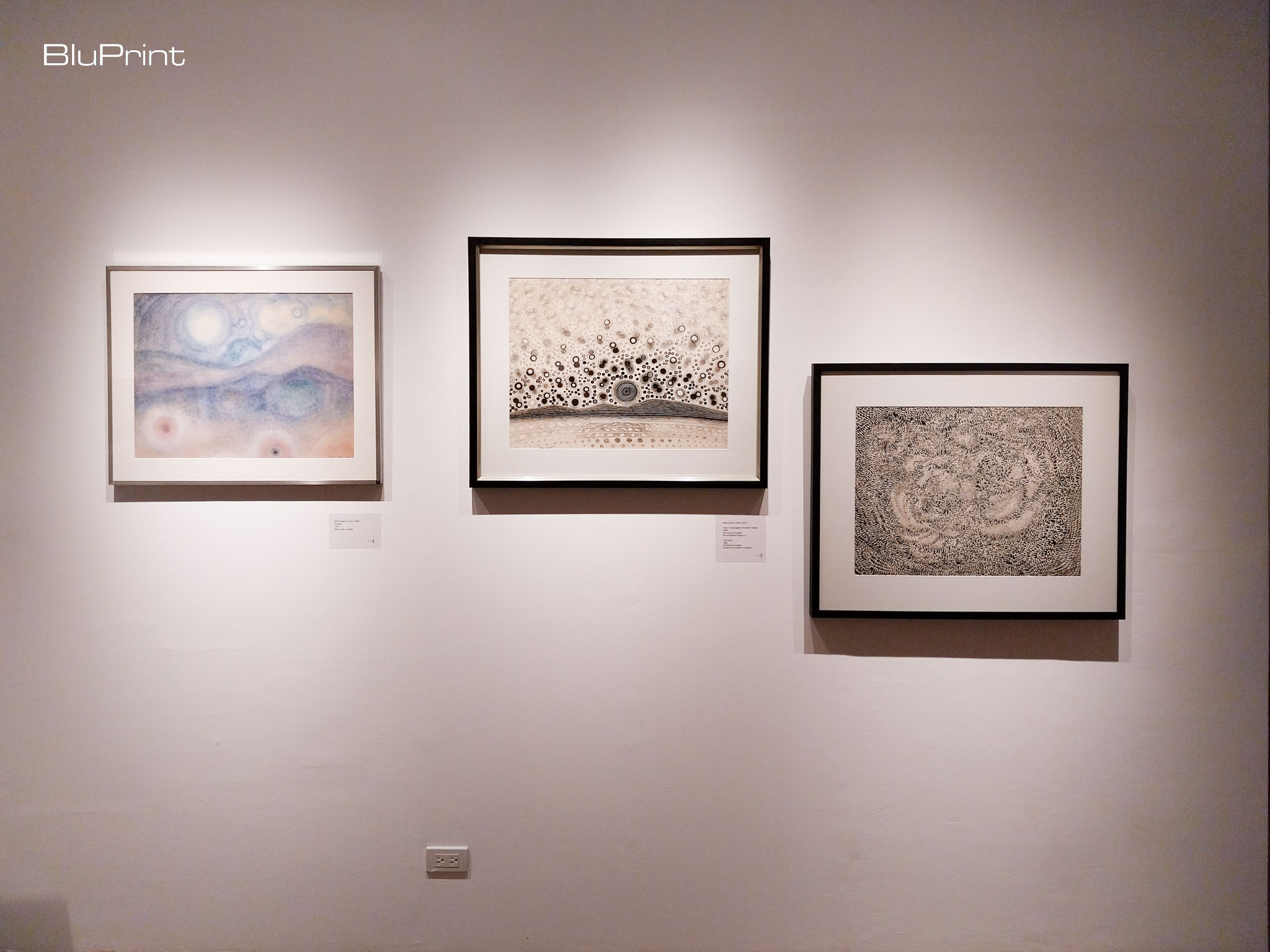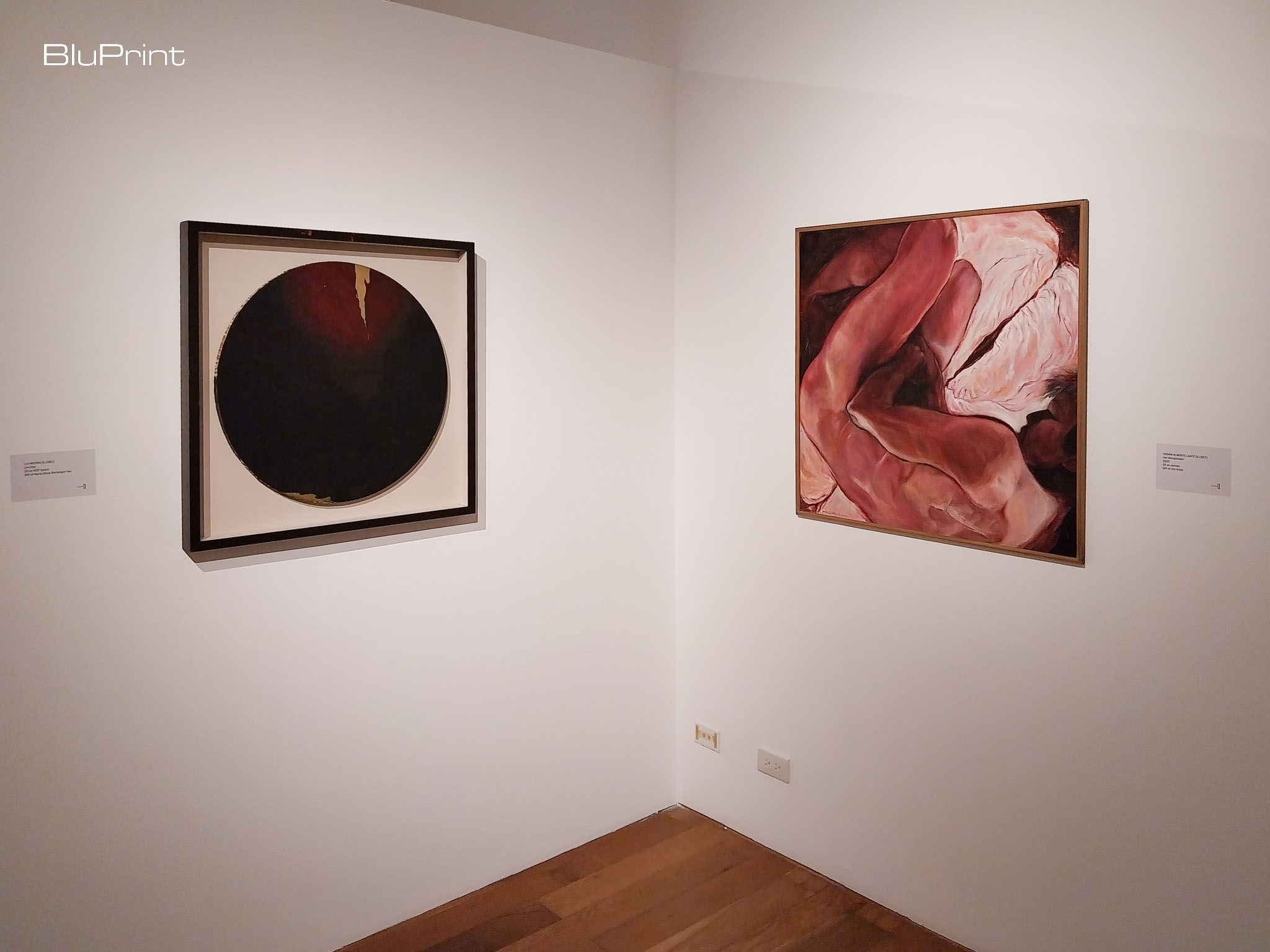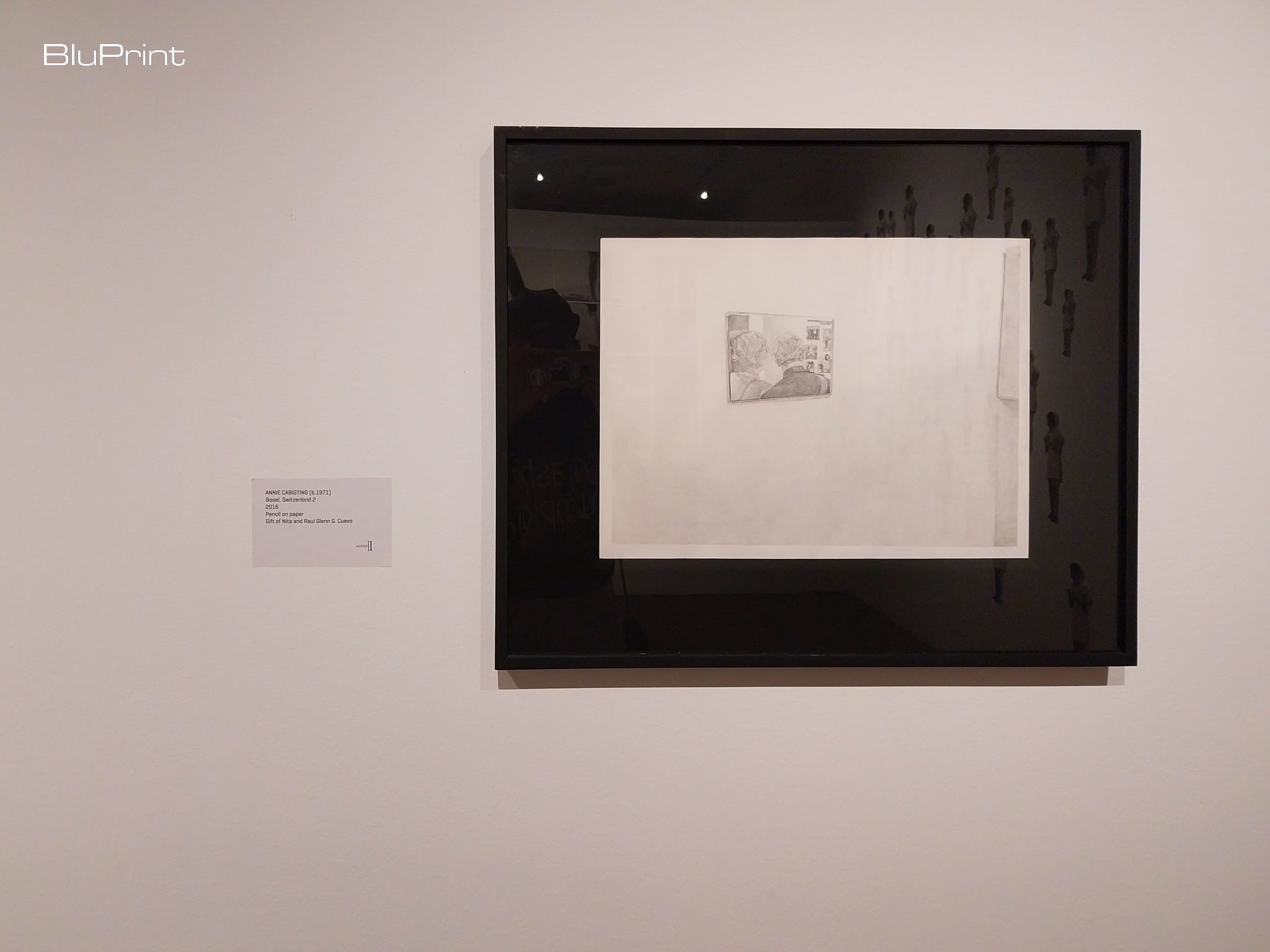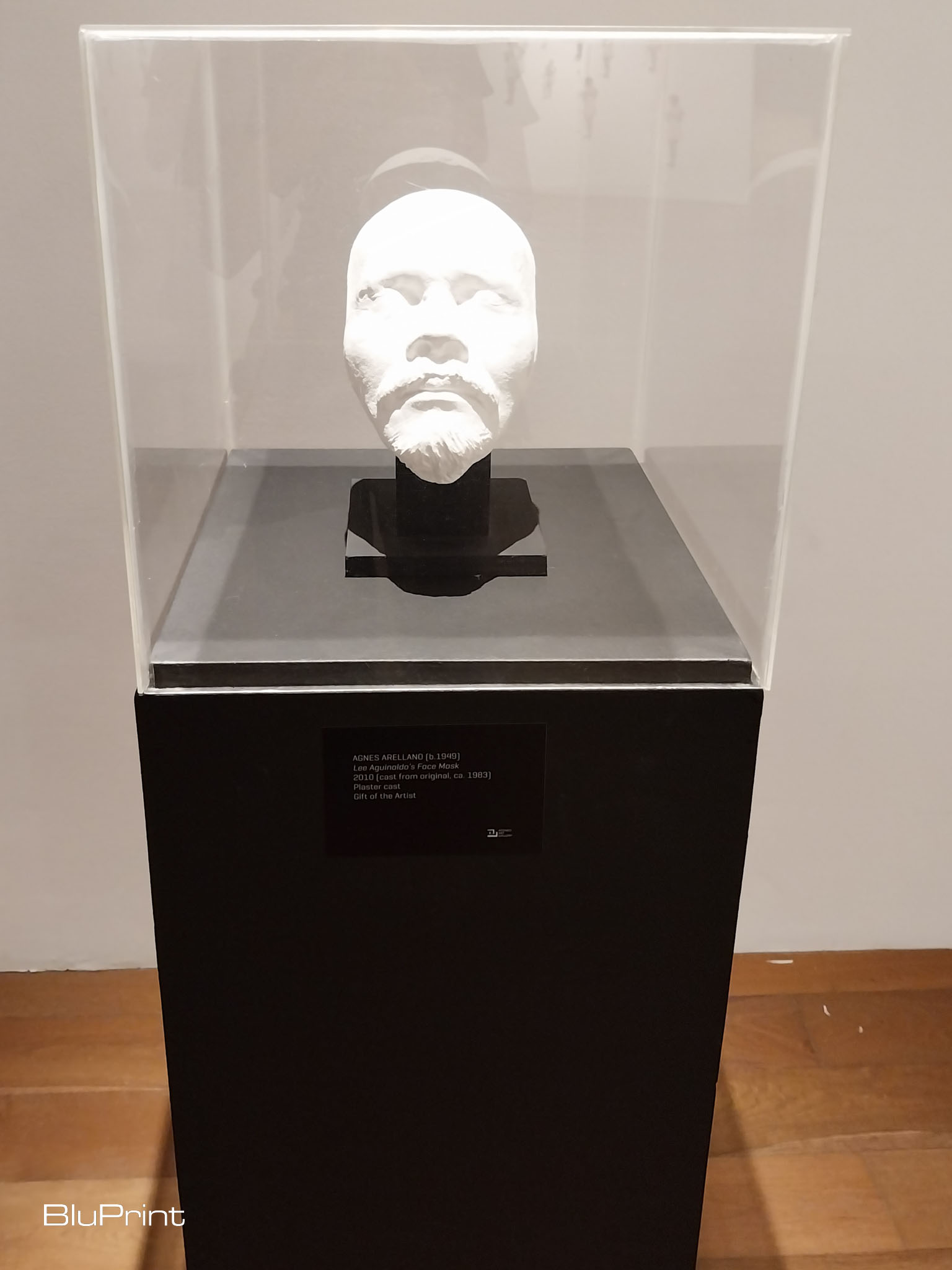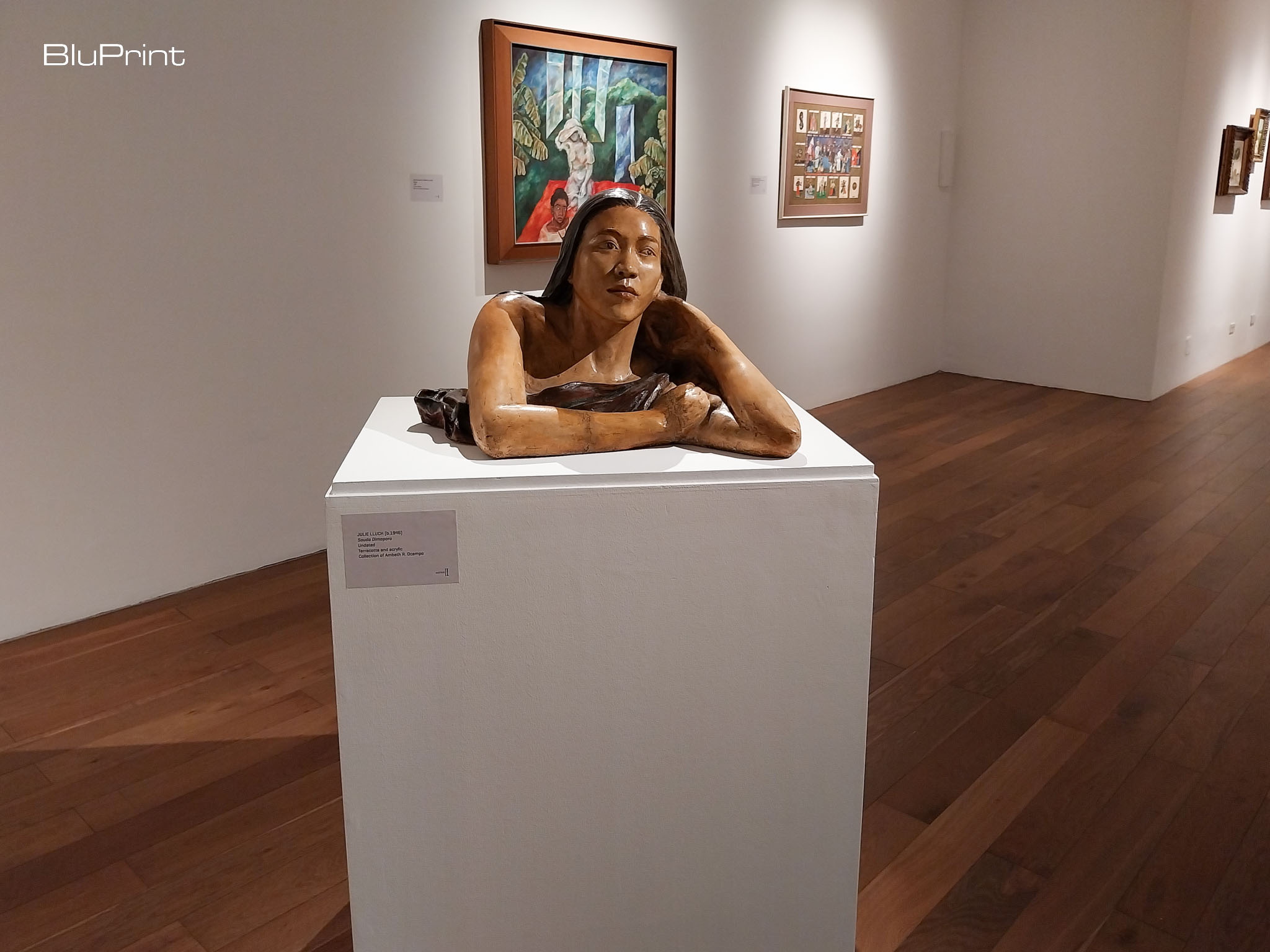
‘Matrix II’: Representing the Varieties of the Filipina Experience Today
Matrix II is an exhibit unveiled by Ateneo Art Gallery to celebrate Women’s Month this March. It’s a sequel to the 2002 exhibit Matrix: Works by Filipino Women in the Ateneo Art Gallery, which featured 17 women artists representing the progress of art from the 1950s to the 1990s.
Like every sequel, Matrix II has a bigger scale than the first: over 40 women artists were included in this exhibit. The artists are pooled from Ateneo Art Gallery’s private collection as well as loans from professor Ambeth Ocampo’s collection.
Located on the first floor of the Art Gallery, the exhibition is a sprawling look at the evolution of women-centric art in the country. Artists featured in this exhibit include Pacita Abad, Gilda Cordero-Fernando, Julie Lluch, Agnes Arellano, and Maria Cruz. It covers four generations of Filipina artists from all spectrums, and discusses a variety of topics important to their personhood and humanity.
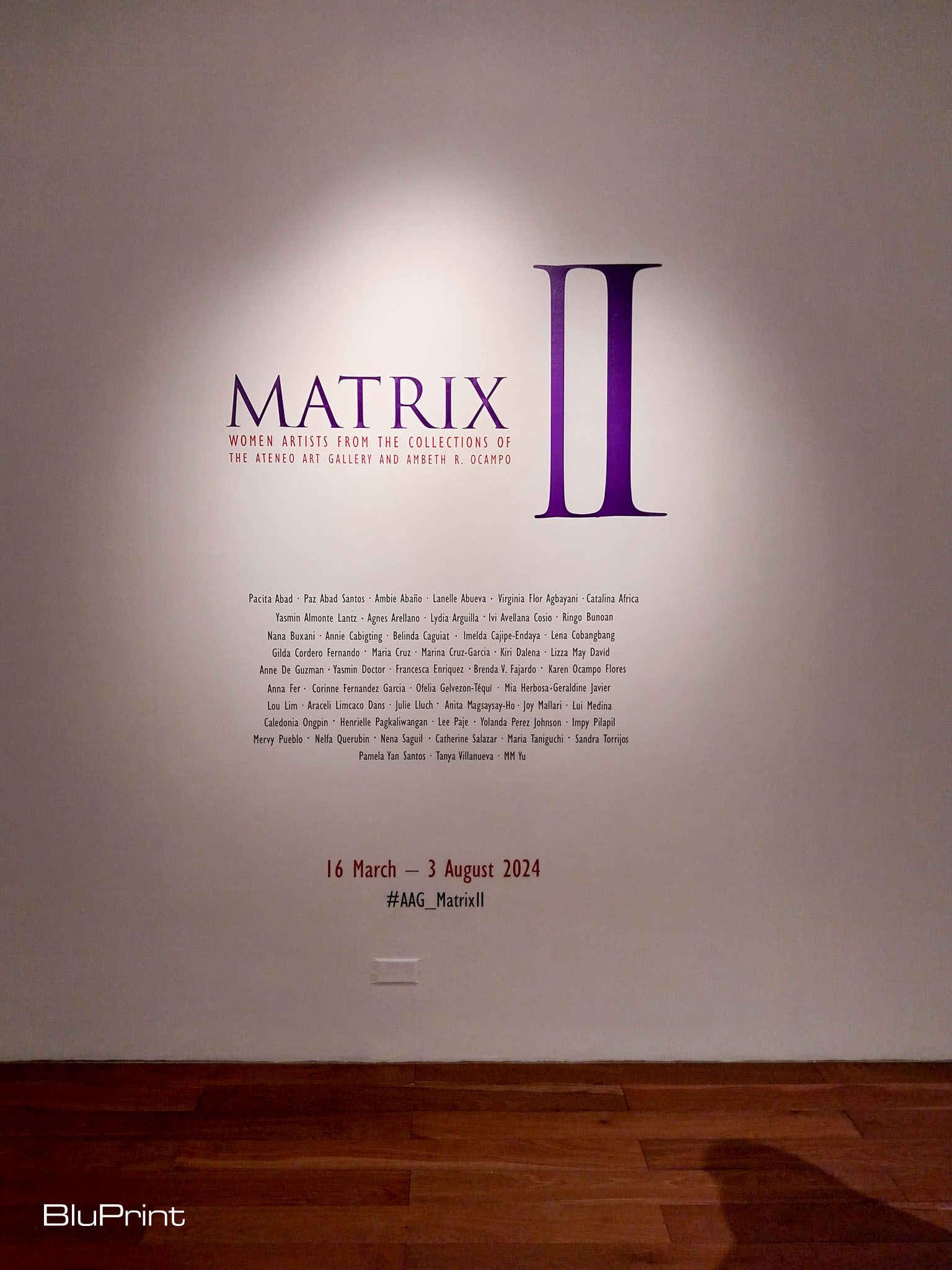
The Evolution of Women-Centric Art
“Matrix” as the title of the exhibit comes from by the curator of the first Matrix, Emmanuel Torres. The reasoning behind it is that it’s “to represent the womb — a vessel associated with nurturing, caring, and healing. It signifies an environment where something develops.”
Matrix II certainly shows the diverse ways—good and bad—that the Philippines has nurtured female talent. Many of these represent the evolution of art as well as the progression of feminist art. Others represent the personal feelings of womanhood from the artists at hand. Still some utilize the artform as a way of pushing different political agendas and commentaries in the country.
The variety of art inside the exhibit is astonishing. There are paintings and sketches of human lives. There are busts and sculptures, self-portraits, and photographs of daily life. Some of the included pieces are multimedia presentations: Lena Cobangbang’s The Longest Night allows you to stand in the middle of a darkened room while the four walls project what appears to be a strong snowstorm in the night.
The Whimsical and the Real
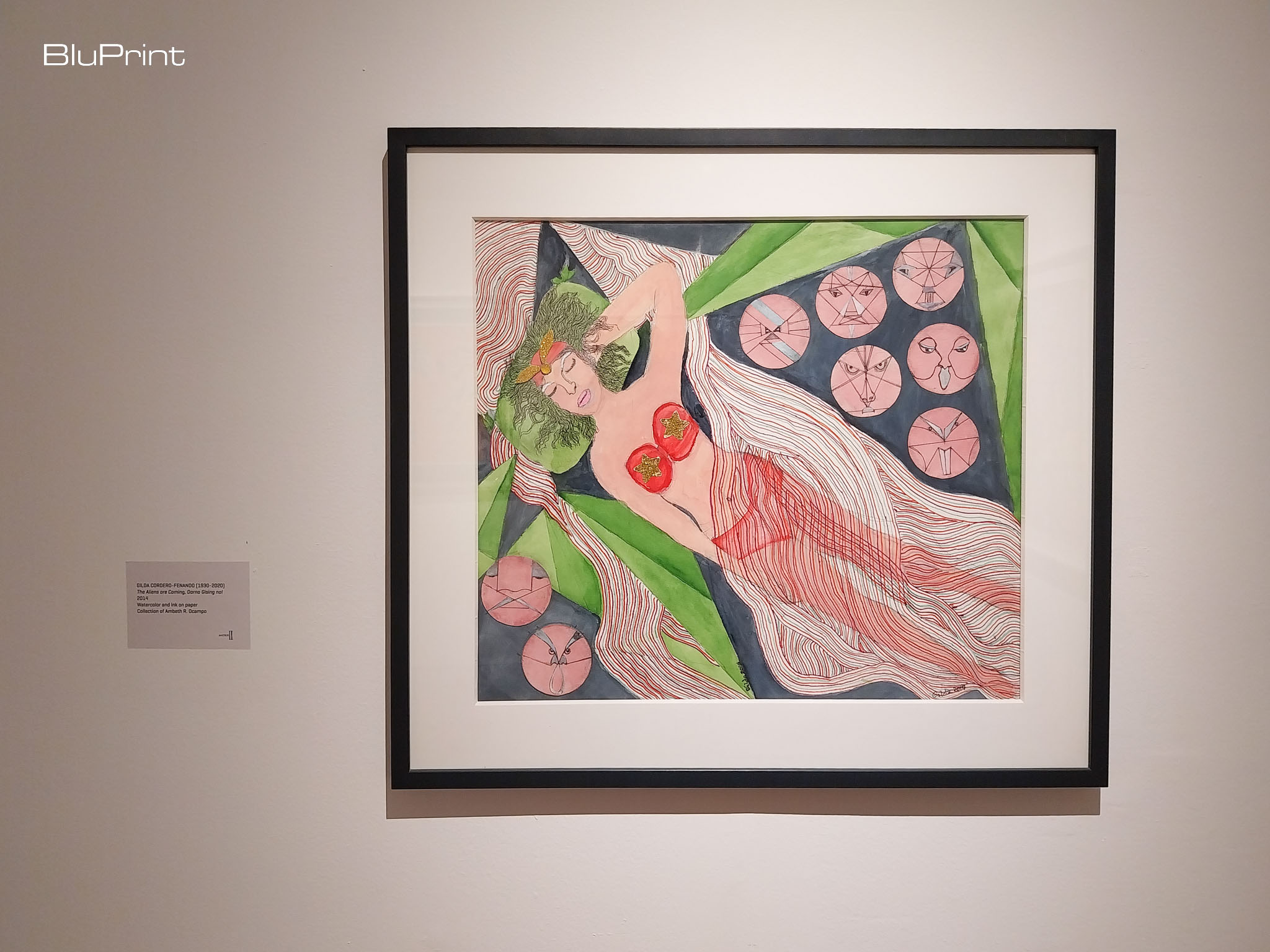
The works can range from humorous to experimental. This includes Gilda Cordero-Fernando’s The Aliens Are Coming, Darna Gising Na!, which uses watercolor and ink to create a portrait of Darna that looks like paper-mache and cardboard cutouts.
Julie Lluch contributed two busts of heralded literary geniuses Jose Garcia Villa and Nick Joaquin, and one self-portrait. The Villa bust has what appears to be a knife in the center of the exhibit, which can probably be interpreted as commentary regarding Villa’s important but vilified place in literary history.

One interesting work is Yola Johnson’s Paper Press, which shows a paper press deconstructed to look like a loom. It feels like commentary for industrial production, how creativity has evolved towards mass consumption. This conversation feels like an opportunity to address the issue of women’s undervalued work and its undeniable importance to society.
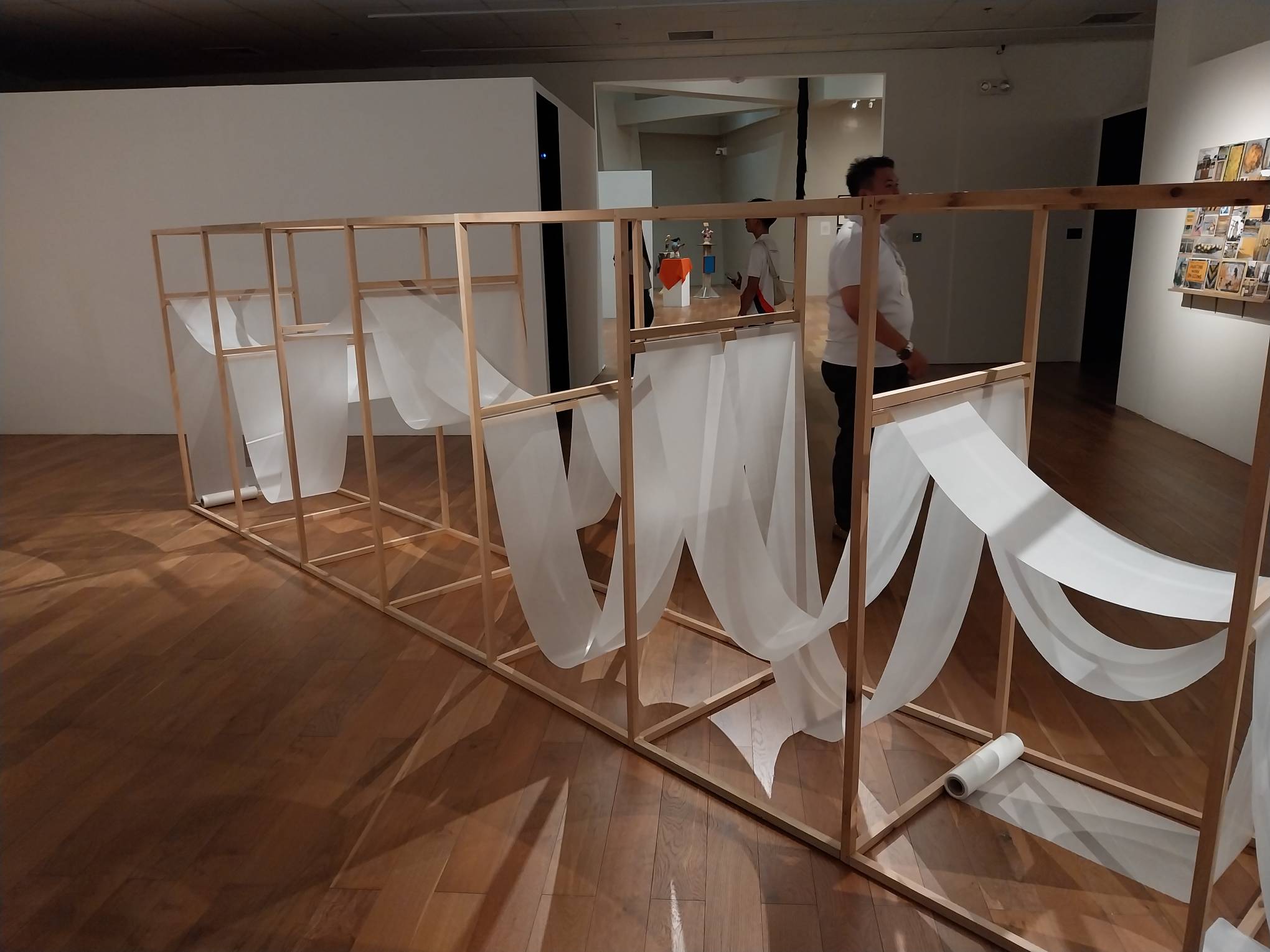
One comes out of the exhibit feeling like they just perused through a small portion of the contribution women have given to our country’s art history. Whatever stereotypes one has of women’s art is dispelled here: the works are experimental and conventional, rooted in personal angst or societal injustice, and expressing a variety of honest emotions that show the breadth of humanity’s inner lives as a whole.
Matrix II: Pushing the Boundaries Further
How do we celebrate the contributions of women in society? Feminism has certainly evolved in the past decades to make us question if one needs to spotlight women in this way or if this just works against the ultimate goal of equality. We are all human, so why not just highlight good art without specifying the gender of the person?
But Matrix II showcases that there are still inequalities in today’s system. The art featured is in conversation with each other, despite the difference in time periods, socioeconomic backgrounds, and topics. It presents ideas that a lot of cis male artists wouldn’t necessarily tackle, and it even questions why specific topics are women’s topics to begin with.
Matrix II portrays equality as an ever-evolving question with no right answer. The way we talk about equality will always change, especially as society itself becomes different. It doesn’t matter what the final answer to it will be; what matters is how we tackle the question today.
The exhibit will be open in Ateneo Art Gallery till August 3.
Related reading: ‘Void of Spectacles’: Mirrors and Illusion to the Autobiography
